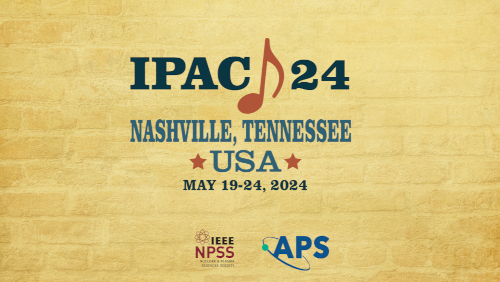Speaker
Description
For a large ring, the response matrix contains tens of thousands of data points, allowing for a comprehensive representation of the ring’s linear optics. However, when it comes to fourth-generation diffraction-limited rings that utilize strong sextupoles and octupoles, the response matrix derived from closed orbit tracking is significantly influenced by nonlinearity. This nonlinearity poses challenges for the Linear Optics from Closed Orbit (LOCO) method in terms of matching lattice parameters and correcting lattice errors. In this study, we propose the utilization of an evolutionary algorithm that integrates multiple techniques to enhance exploration capabilities. By this, we aim to find the global optimal solution, which can effectively address the issues associated with the response matrix correction and achieve a larger dynamic aperture compared to the linear LOCO approach.
| Region represented | Asia |
|---|---|
| Paper preparation format | LaTeX |

